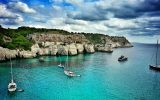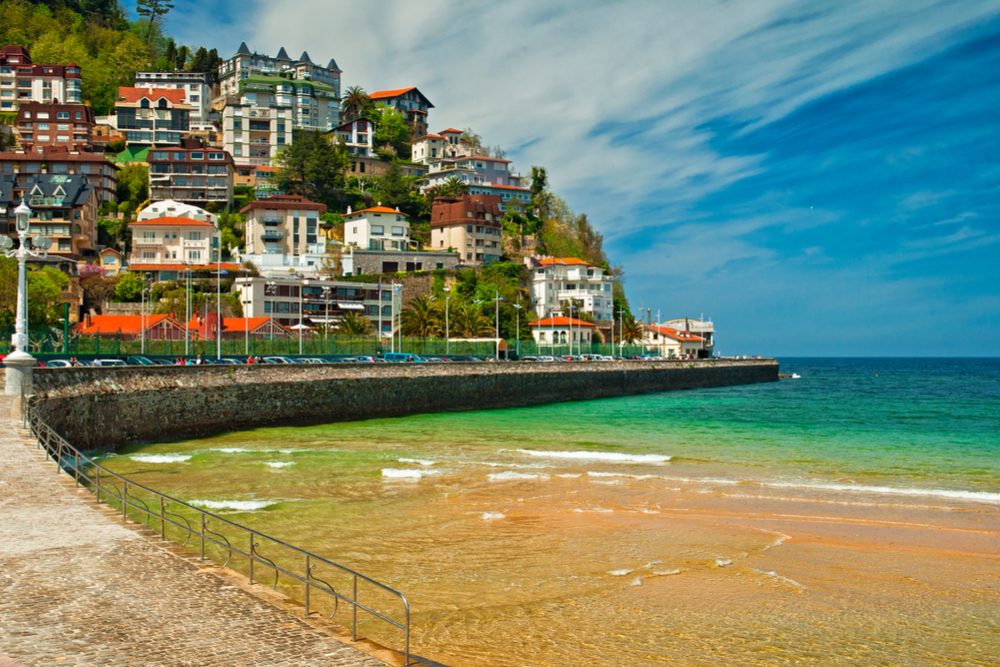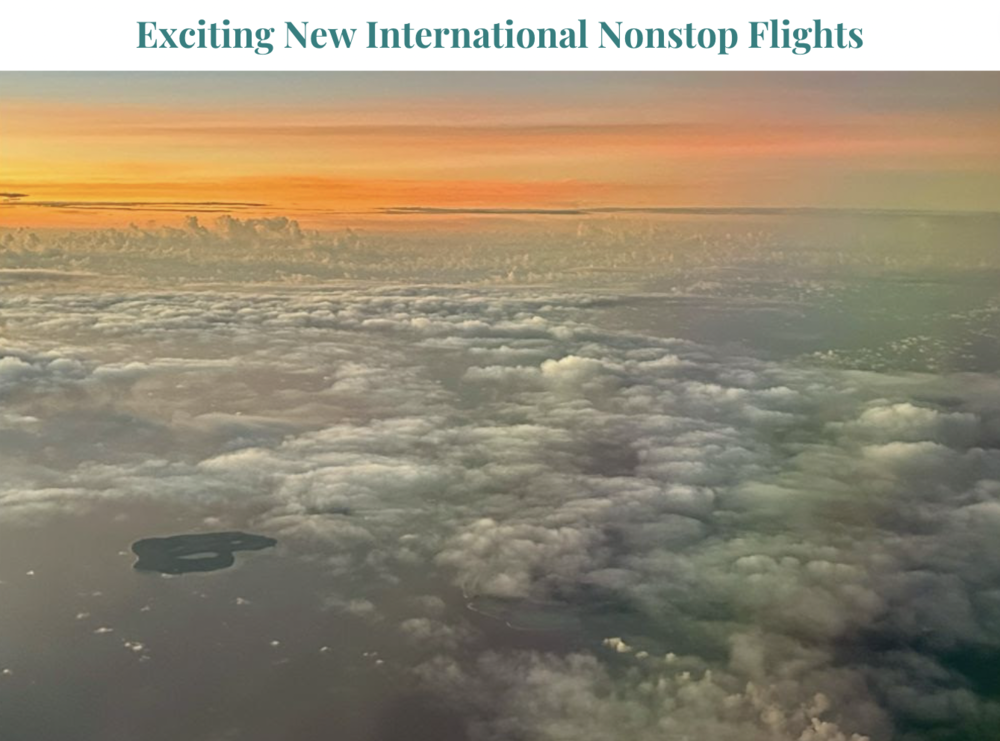If you’re planning a trip to Europe this summer, you’ll want to arm yourself with a few strategies to avoid the kinds of bottlenecks—long lines, traffic jams, sold-out venues—that can hamper a European vacation. We asked Wendy’s Trusted Travel Experts to give us a few strategies for navigating tourist hot spots and to steer us toward some of their favorite lesser-known finds—seaside villages, scenic drives, urban centers, island getaways, and historic sites that attract smaller crowds but are every bit as lovely as their more popular rivals. Here are a few of their insider tips for Italy, Spain, Portugal, France, and the UK.
France
Instead of visiting Versailles, consider Vaux Le Vicomte. This château was actually the inspiration for Versailles, so why not see the first one? It has a lot of history, and it’s amazing to visit and definitely less crowded.
Instead of visiting the Louvre first thing in the morning when everyone tries to arrive early to avoid the crowds, it’s a much better option to go during the late-night hours (Wednesday and Friday nights).
Don’t wait to buy tickets to key monuments. Prebooking tickets is always the best idea for popular attractions such as the Louvre, the Eiffel Tower, and the Catacombs. These lines can all be hours long if tickets are not prebooked.
—Jennifer Virgilio, one of Wendy’s Trusted Travel Experts for France. Read more of Jennifer’s tips in her Insider’s Guide to Paris with Perks, and use Wendy’s trip request form to be marked as a VIP and get the best possible trip.
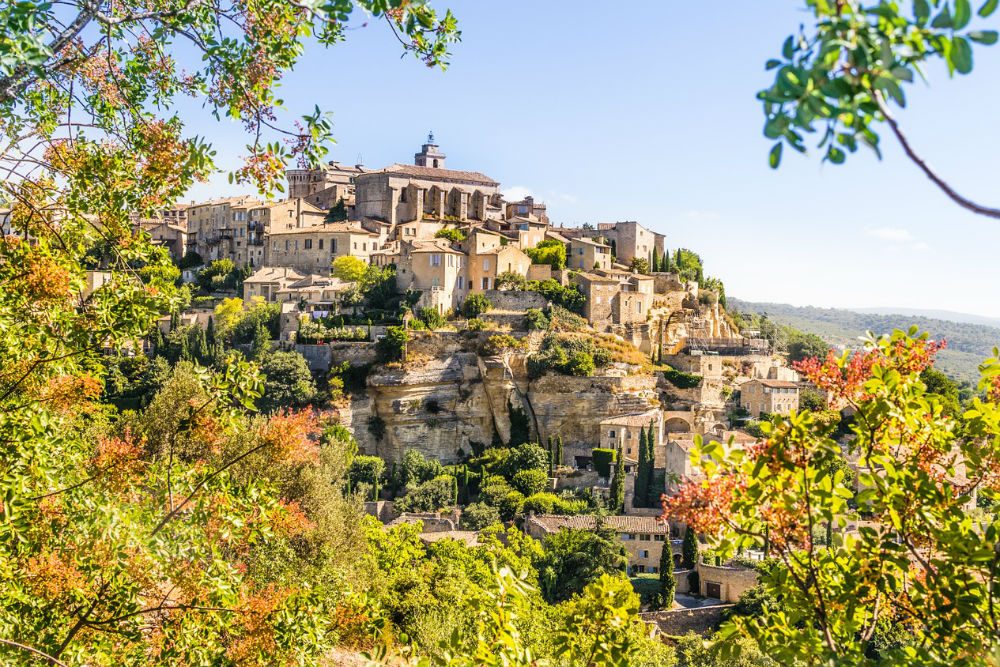
Provence and its pretty villages, like Gordes, are incredibly popular so try to visit in shoulder season. Photo: Pixabay
Visit Provence in the off-season. Provence and the French Riviera together comprise the second-most-popular destination in France and one of Europe’s leading vacation hot spots. To avoid the crowds at the iconic sights, go out of season (May, June, and September). However, in every region there are yet-to-be discovered areas, and here is no exception.
Explore La Provence Verte, an area off the beaten tourist track. La Provence Verte, or the Haut Var, is an area situated between Provence and the Riviera and just to the north of St-Tropez. It is a perfect stop when traveling from one to the other and also where you can spend several blissful days. It has some exceptional vineyards and is truffled with beautiful villages, such as Tourtour, Cotignac, Sillans-la-Cascade, Bagnols en Foret, Seillans, Fayence—to name but a few. There are also some wonderful craftsmen, notably in Salernes, where ceramic artists have moved on from making tiles to some of the most wonderful artistic creations for every taste.
Arrange a private chateau visit. The 12th-century Cistercian abbey of Le Thoronet is also on the Haut Var bucket list, as is the privately owned Chateau d’Entrecasteau, where visits with the owner can be organized. To crown it all, a lunch at Bruno’s truffle restaurant will leave one of the most lasting memories of all of the incredible meals you have ever had in your life!
—Philip Haslett, one of Wendy’s Trusted Travel Experts for France. Read more of Philip’s tips in his Insider’s Guide to Provence and the French Riviera, and use Wendy’s trip request form to be marked as a VIP and get the best possible trip.
Italy
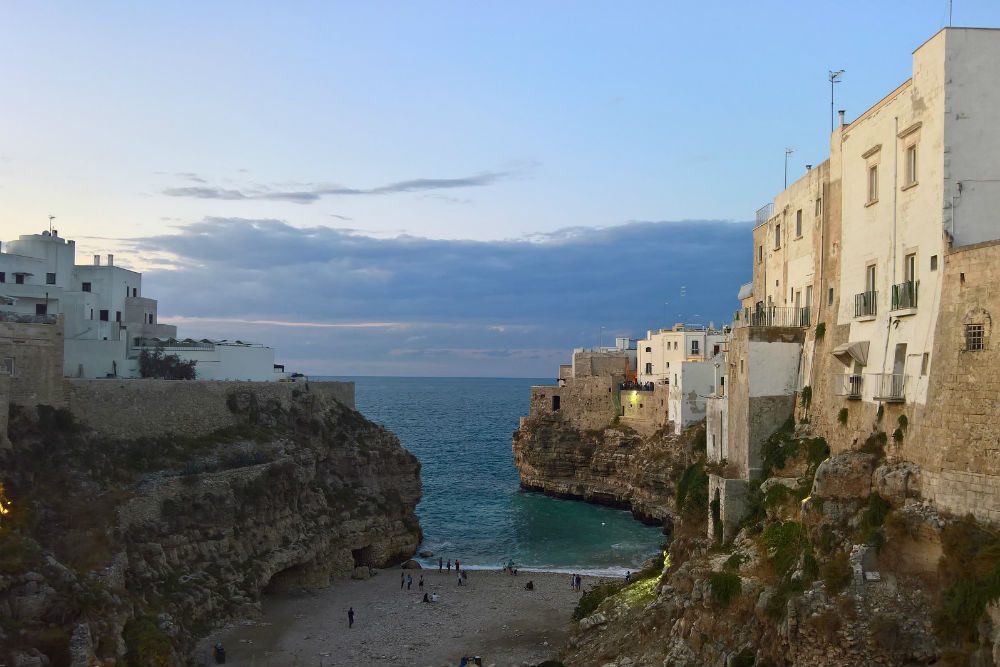
Don’t overlook Puglia, Italy. Photo: Pixabay/newneo47
Instead of Tuscany, savvy travelers should consider Umbria, a region right next door dotted with beautiful towns like Perugia and Assisi.
Think Puglia. In the Gargano area of Puglia, you find inexpensive osterias and trattorias that offer great food, and the sea is amazing, with hundreds of sandy beaches.
And Bergamo. Bergamo is one of the most important cities in Northern Italy, both historically and artistically. Bergamo Alta is by far the most beautiful and interesting part of the city.
And Maratea. The small town of Maratea in the region of Basilicata is a hidden gem with a beautiful coastline, great food, and lovely people.
Purchase advance tickets online for the Accademia Gallery, the Uffizi Gallery, the Vatican Museums, the Colosseum, the Doge’s Palace, and other major attractions. That way, you won’t have to wait in line when you get there.
—Andrea Grisdale, one of Wendy’s Trusted Travel Experts for Italy. Read more of Andrea’s tips in her Insider’s Guides to the Amalfi Coast and Italy’s Lakes Region, and use Wendy’s trip request form to be marked as a VIP and get the best possible trip.
Portugal
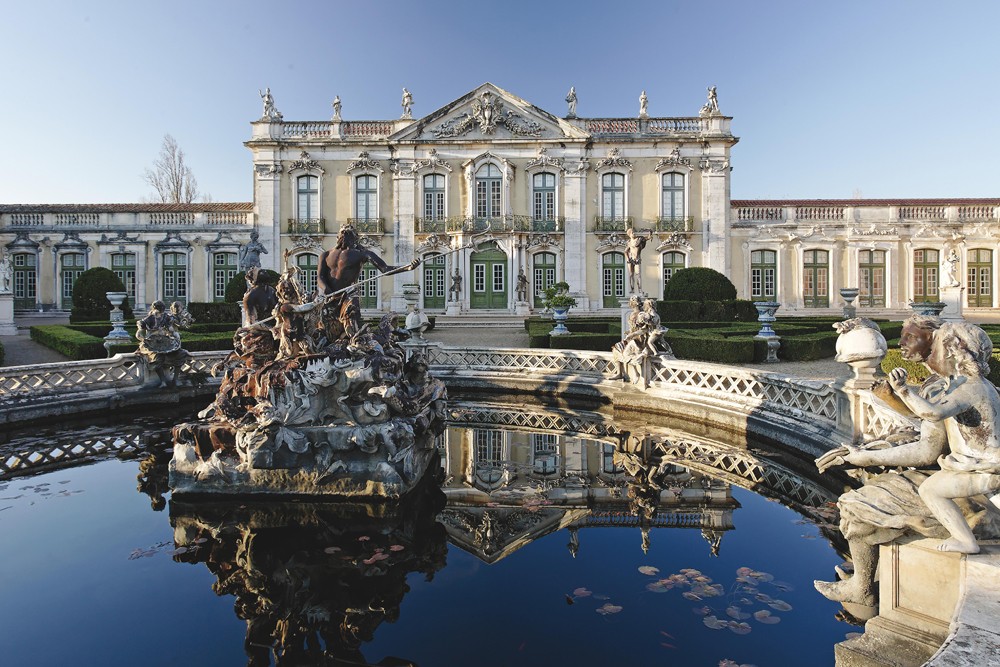
Stay outside Lisbon; Estoril, home of the Queluz Palace, is a good choice. Photo: Estoril Tourism Board
In the Lisbon area, base yourself in Estoril. The resort town of Estoril, 20 miles west of Lisbon, is a good base for tours of the capital and surrounding area. Another good choice is Arrabida.
In the eastern Alentejo, base yourself in Monsaraz. Everyone stays in the Evora area, but Monsaraz is incredibly beautiful, with great boutique properties from which you can explore Spain and Portugal.
In the Douro Valley, base yourself in the Côa Valley. Everyone stays in the area where the Six Senses Spa is located, but all the best quintas for wine are in the Côa Valley, the area of the Douro that is closer to Spain.
—Virginia Irurita, one of Wendy’s Trusted Travel Experts for Portugal. Read more of Virginia’s tips in her Insider’s Guides to the Algarve and the Alentejo, Portugal, and use Wendy’s trip request form to be marked as a VIP and get the best possible trip.
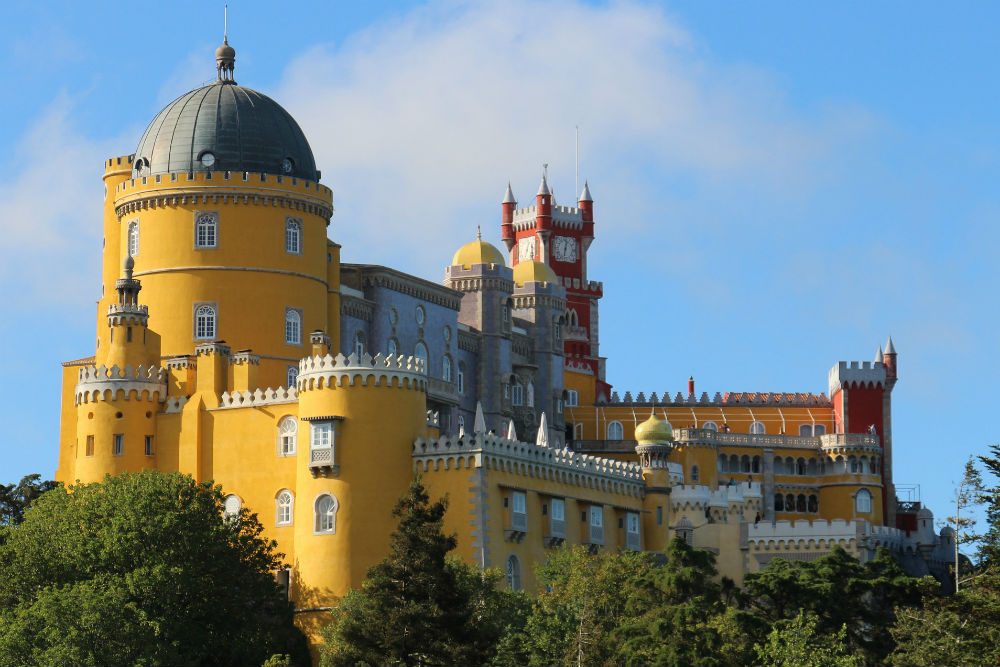
Know when to go to Pena Palace, in Sintra. Photo: Pixabay
Know when to go to Sintra’s Pena Palace. The most popular day-trip from Lisbon is Sintra, a castle-studded small town set above a rocky coastline in the forested hills of Parque Natural de Sintra-Cascais, and the most popular attraction in Sintra is the Pena Palace, an outstanding example of the Romanticism style of architecture. The Pena Palace is the last stop on most tours of Sintra, so your best bet is to arrive at its entrance at 9 a.m., when the ticket office opens, and to be among the first visitors to enter at 9:30 a.m. Weekdays are generally less crowded than weekends, but the only sure way to sidestep the crowd is to spring for a private (and pricey) after-hours tour.
Or skip Pena Palace for a less crowded but just-as-beautiful alternative. Also in Sintra, the Quinta da Regaleira is not nearly as crowded as the Pena Palace, but it is stunning, with beautiful gardens and manmade hidden tunnels (there are fascinating tales related to the beautiful Portuguese masonry). The small Convent of Capuchos and the Monserrate Palace are also a lot less crowded than the Pena Palace.
Some lines are worth the wait; others aren’t. The 16th-century Jerónimos Monastery is Lisbon’s most impressive monument. There are always two lines: one line to buy tickets to visit the cloisters, chapter house, etc., which is normally huge; and a different line to visit the actual church (the most impressive part of the building), which normally isn’t that long. You can easily skip the cloisters and visit the church with hardly any waiting time.
Don’t stand in line to see Porto’s famous bookstore. Livraria Lello, in Porto, is one of the most beautiful bookstores in the world, and the lines are just hard to believe. Purchasing a ticket from the Lello website in advance will spare you the long wait to get in.
Another popular day-trip from Lisbon is the town of Óbidos, but don’t go on weekends. It will be full of Portuguese families and huge excursions from the senior day-care centers. Go there during the week.
Go medieval. The medieval castle and walled village of Marvão, lost in the middle of the Alentejo landscape, is a place where you really feel you are in very deep Portugal. You will certainly have no crowds here.
Arrange an after-hours tour of Porto’s most visited site. Palácio da Bolsa, the magnificent Neoclassical palace in Porto, is deservedly the most visited monument in northern Portugal. Go after hours, when you can have the entire museum to yourself.
—Gonçalo Correia, one of Wendy’s Trusted Travel Experts for Portugal. Read more of Gonçalo’s tips in his Insider’s Secrets to Portugal, and use Wendy’s trip request form to be marked as a VIP and get the best possible trip.
Spain
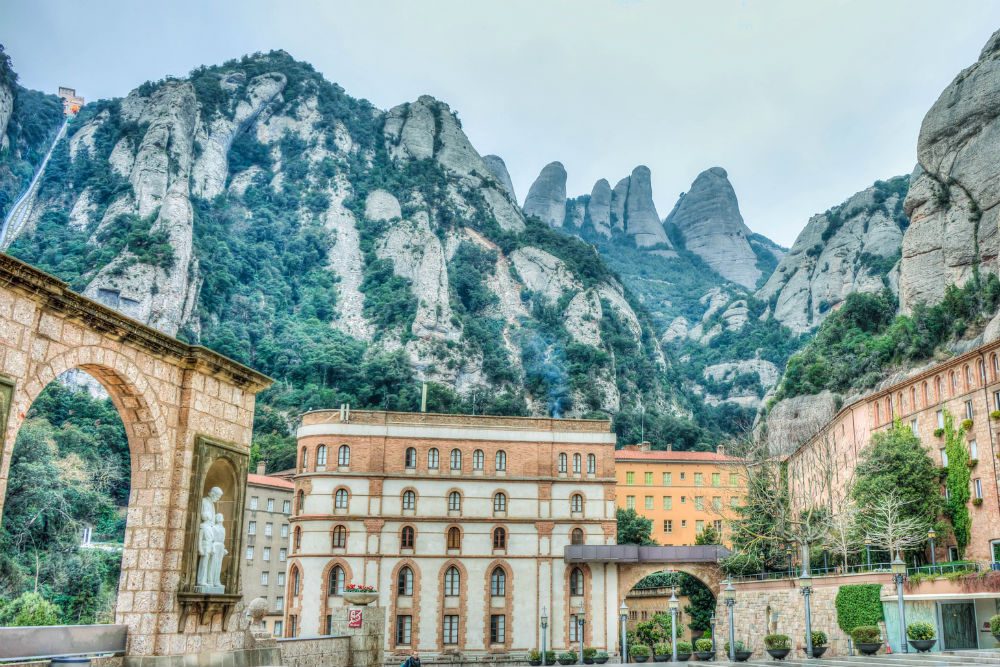
Montserrat is a great day excursion outside Barcelona, but avoid visiting in the morning if you want to beat the crowds. Photo: Pixabay
The time of day can make all the difference in the quality of your visit to Spain. Montserrat is a great day excursion outside Barcelona, but avoid visiting in the morning. Go after lunch. The place has half the visitors, and the Boys’ Choir sings on most evenings. Likewise, tour the cities of Toledo, Córdoba, and Ronda after lunch. Most of the crowd will be gone.
In high season, stay in hotels outside the city you are visiting, or in a non-touristy neighborhood: If you’re visiting Seville, stay in Carmona, a beautiful city with a great food market and an incredible parador housed in a castle. If you’re visiting Barcelona, stay in the Gracia Quarter. And if you’re visiting Madrid, stay in Toledo, Segovia, or Alcalá de Henares, a beautiful small city declared a UNESCO World Heritage Site because of its university. Alcalá has a great parador, a great street full of tapas bars, and it’s very close to Madrid.
For a quiet getaway, go to La Granja, a beautiful town built around a great royal palace with an incredible garden, or Cáceres, in the Extremadura region, which has a great hotel with a three-Michelin-star restaurant called Atrio.
—Virginia Irurita, one of Wendy’s Trusted Travel Experts for Spain. Read more of Virginia’s tips in her Insider’s Guides to Madrid, Barcelona, and Andalusia, and use Wendy’s trip request form to be marked as a VIP and get the best possible trip.
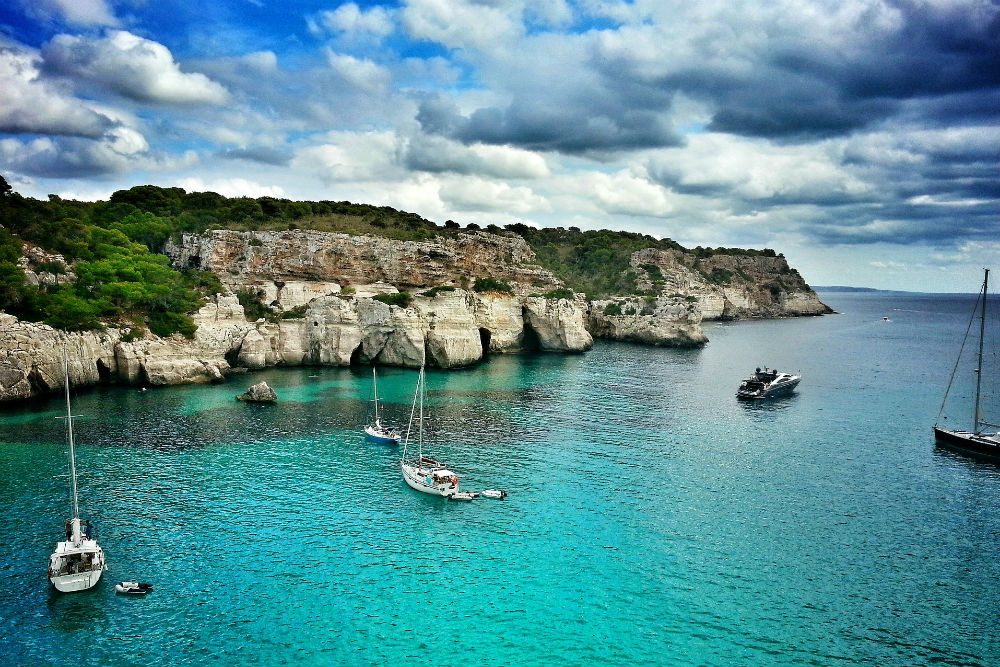
Menorca is the least crowded of Spain’s Balearic Islands. Photo: Pixabay
Instead of Ibiza and Mallorca, find peace and quiet on Menorca. If it just isn’t summer vacation without lying by the pool or taking a dip in the Mediterranean, head to Menorca, the least crowded of the Balearic Islands. The locals are friendly, and the vibe is relaxed. It’s great for families, or really anyone who would rather skip the beach parties and all-night discos found on Menorca’s sister islands, Ibiza and Mallorca.
Trade large beach resorts for coastal areas known for their natural beauty. The flysch in the Basque Country and the cliffs overlooking the Atlantic in Galicia are two of my favorite spots.
Architecture buffs will love the grand monuments of Leon, such as the Gothic Cathedral and Gaudi’s Casa Botines. It’s also got vibrant nightlife (check out Barrio Húmedo) and delicious local cuisine.
Asturias, in northern Spain, is a wonderful stop for nature lovers, with a beautiful landscape, rolling mountains, hiking routes, and scenic coastline. Highlights of Asturias include the Picos de Europa, an incredible natural park, and numerous pre-Romanesque monuments, particularly in Oviedo.
For big museums, like the Alhambra, hire a guide. A guide knows what’s important and what’s worth skipping; they’ll take you on a different circuit from the audio guides; and they know the people who work there, so they can sometimes slip you in ahead of a big group.
Ask Wendy if you’re seeking the best Spain expert to plan your trip.
United Kingdom and Ireland
Ireland
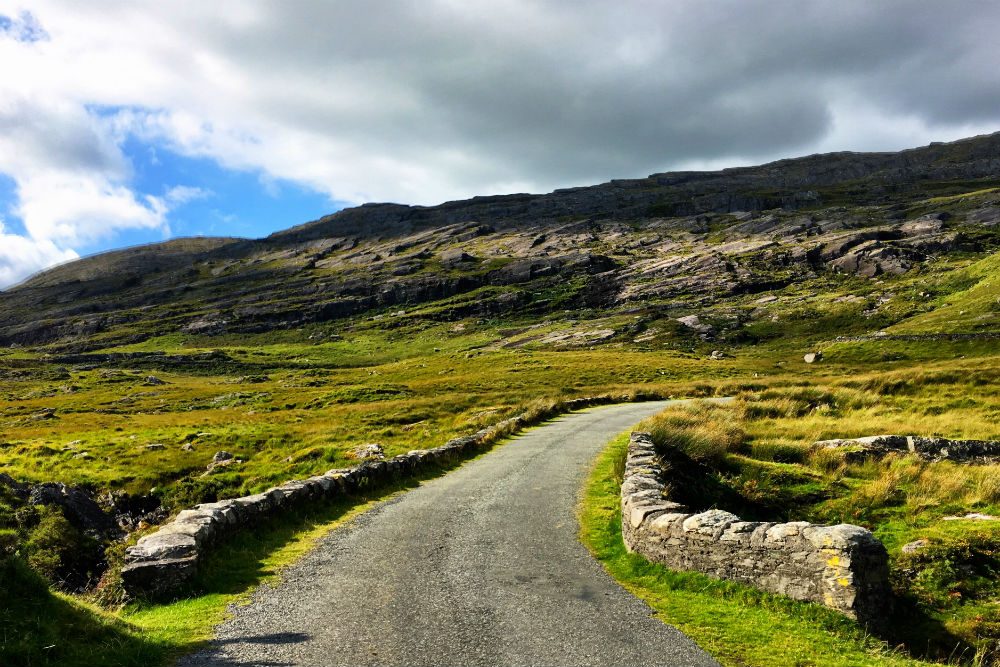
Ireland’s Beara Peninsula is just as gorgeous as the Ring of Kerry, and has much less traffic. Photo: Celebrated Experiences
The Ring of Kerry isn’t the only gorgeous drive. While the Ring of Kerry is so well known and often crowded in high season, there are many other gorgeous coastal drives in the southwest of Ireland, such as West Cork and the Beara Peninsula.
When you fly into Dublin, instead of heading south or west, go north. Belfast is an incredible city—so popular with Europeans yet still fairly off the beaten path for Americans. It is only two hours north of Dublin, and you can use it as a base to discover the great coastal drives of Northern Ireland, such as the Causeway Coast. It is also central to many Game of Thrones sites; world-class golf, such as Royal County Down and Portrush; the Giants Causeway; and so much more. Also, when you choose to go north, you can then make a second stop in County Donegal, which has some of Ireland’s best scenery and outdoor activities, such as horseback riding, hiking, rock climbing, surfing, and golf.
Take advantage of timed entries, a feature offered by more and more sites in Ireland. You purchase your tickets in advance and it limits the number of people at each time. The Guinness Storehouse, Kilmainham Gaol, Trinity College, and now Newgrange all have timed entries, which is great.
Scotland
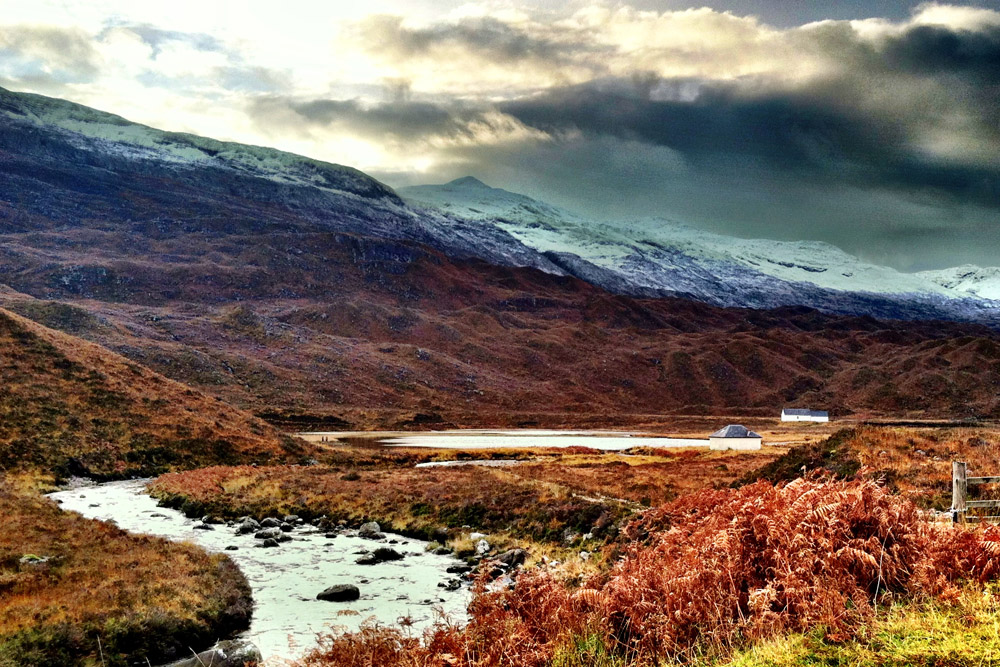
Explore the Glencoe Highlands. Photo: Jonathan Epstein
Let the crowds have the Isle of Skye, and explore the Northern Highlands instead. The Isle of Skye has become so crowded, and there are so many other parts of Scotland with truly majestic scenery that you can visit without the crowds. Some favorites are along the NC500, a great coastal road in the Northern Highlands. You can also take wonderful day trips by ferry from Oban, such as Mull. Ayrshire is a beautiful coastal area overlooking the Irish Sea, and a fun day trip from there is the isle of Ailsa Craig, where most of the word’s curling stones are made.
England
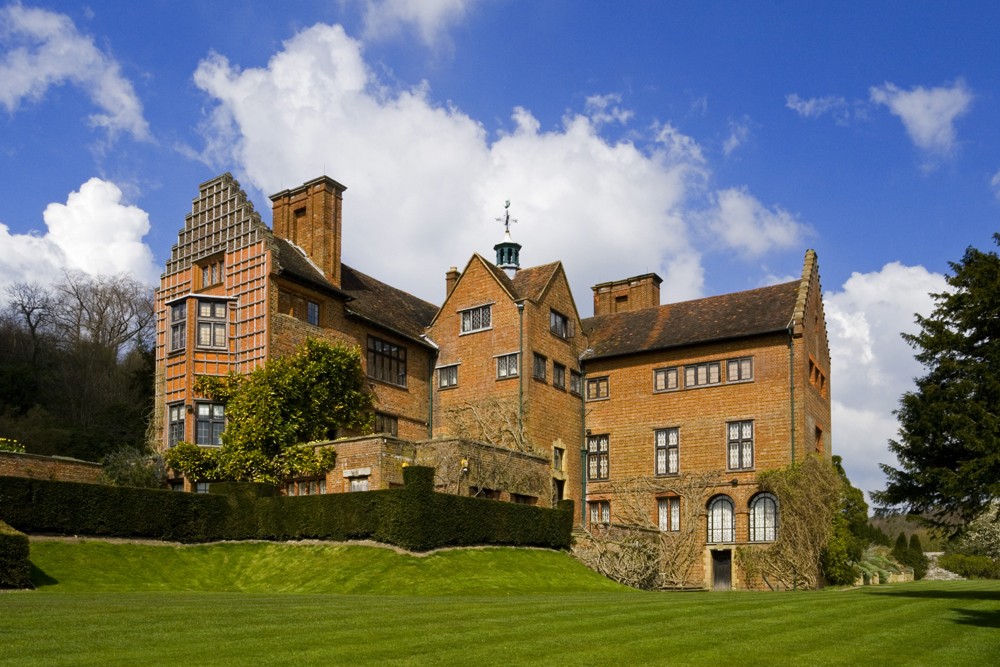
Chartwell, the home of Sir Winston Churchill between 1922 and 1964, is in Kent. Photo: National Trust
Some of England’s best off-the-beaten-path areas are on the southern coast. In the Sussex area there are beautiful historic properties such as Gravetye Manor and Amberley Castle, fascinating historic towns such as Arundel, fantastic gardens like Sissinghurst, historic homes like Chartwell (Churchill’s house) and castles like Hever (Anne Boleyn’s family). A bit further west you come to the New Forest and Dorset. Two of England’s best hotels are in the area: Chewton Glen and Lympstone Manor. A great day out is a visit to the Jurassic Coast.
—Jonathan Epstein, one of Wendy’s Trusted Travel Experts for the UK and Ireland. Read more of Jonathan’s tips in his Insider’s Guides to the Cotswolds, and use Wendy’s trip request form to be marked as a VIP and get the best possible trip.
Be a smarter traveler: Read real travelers’ reviews of Wendy’s WOW List and use it to plan your next trip. You can also follow her on Facebook, Twitter @wendyperrin, and Instagram @wendyperrin, and sign up for her weekly newsletter to stay in the know.


